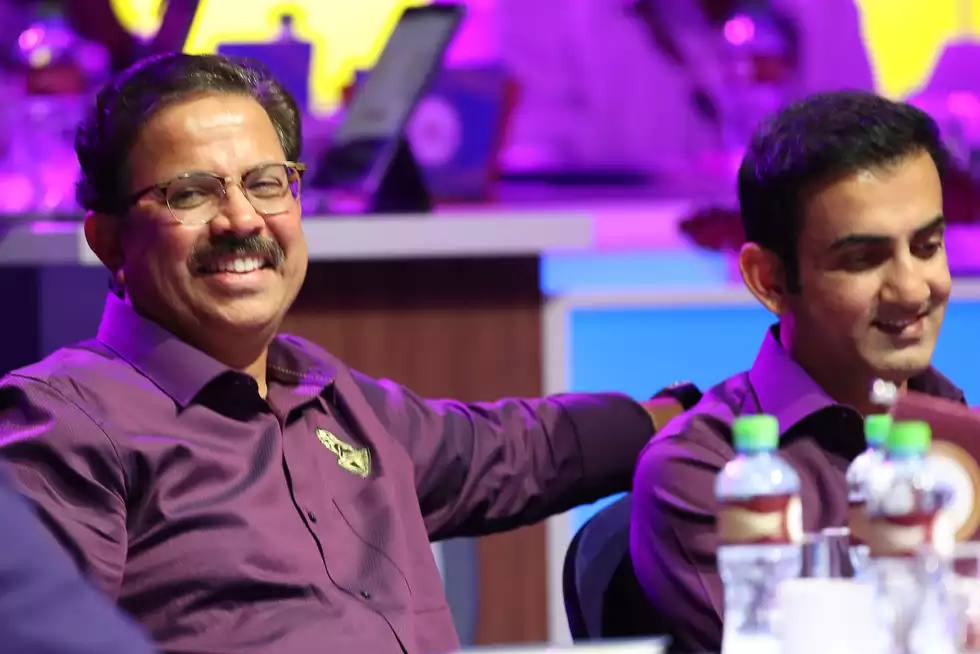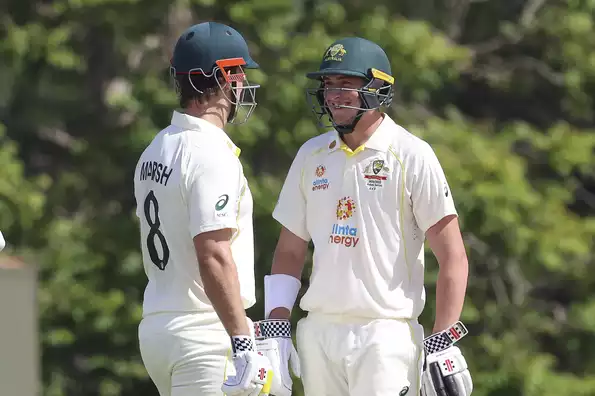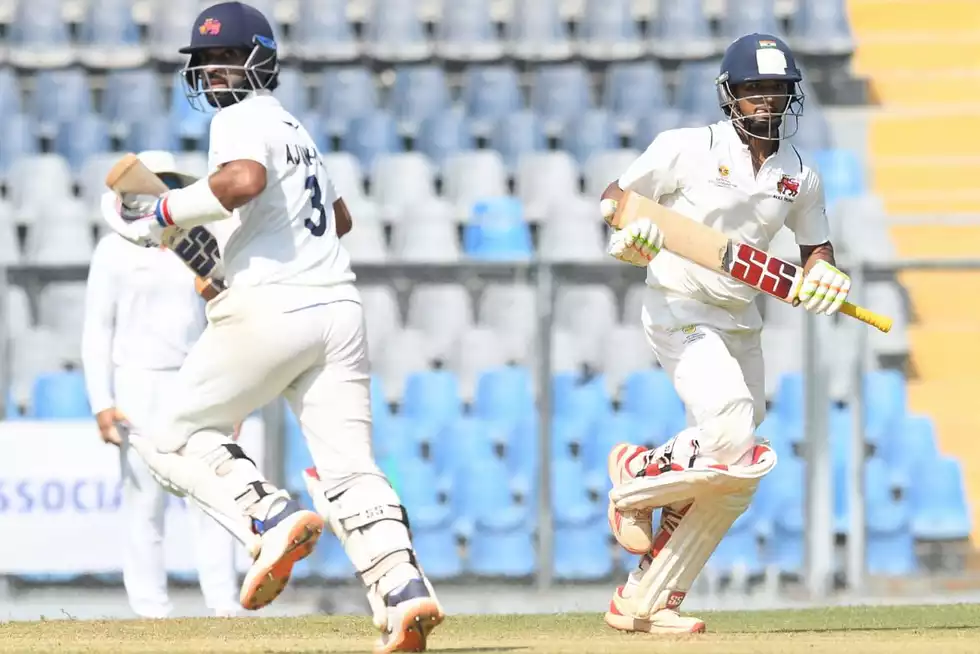Following the day’s events, Sanjiv Goenka and Kumar Sangakkara had intelligent and captivating discussions over Indian Premier League (IPL) earnings surpassing the ceiling. That’s why mini auctions are so well-known. The coach of the Rajasthan Royals stated rather plainly, “It may happen if you have a high purse and no supply and defined aims, and it did happen today. “We knew it was going to be breached, but not by us.”
Goenka gave more direct answers. “Every season, these barriers were being broken down. Who knows, maybe the next time around the 25 crore threshold may be crossed.” The Australian speed twins, Mitchell Starc and Pat Cummins, who made over INR 20 crore in the league, received lavish pay, which Goenka and Sangakkara were criticising.
Considering that the entire pay ceiling in the league’s first year was INR 20 crore (about $5 million, using an INR 40 exchange rate in 2008), this was a huge advancement for the Indian Premier League. The IPL has advanced significantly in the fifteen years since it began. The initial year’s pay cap was far higher than the current one. Venky Mysore, the CEO and MD of Knight Riders, who broke the bank to get Starc for INR 24.75 crore, said, “Naturally, the player fee is bound to go up.” Mysore was the newsmaker if Starc was the star of the auction. And he brought up the existing INR 100 crore salary ceiling.
The most expensive purchase was undoubtedly Starc, but the other purchases were made at their list price, including KS Bharat (INR 50 lakh), Chetan Sakariya (INR 50 lakh), Angkrish Raghuvanshi (INR 20 lakh), Ramandeep Singh (INR 20 lakh), Sherfane Rutherford (INR 1.5 cr), Manish Pandey (INR 50 lakh), Mujeeb Rahman (INR 2 cr), Gus Atkinson (INR 1 cr), and Sakib Hussain (INR 20 lakh). Teams choose to cut it in various ways. The amount you have paid someone, up or down, depends on your point of view. In the end, we’re all spending the same amount of money,” the KKR representative continued, explaining the reasoning for Starc’s cost.
Gujarat Titans, who arrived to the auction table with the largest purse (INR 38.15 crore), were in a fierce bidding battle with Knight Riders. At the beginning of the day, KKR had a substantially smaller balance (32.7). As it happened, KKR and GT had matching bids when the Starc name went up for auction, with KKR having INR 31.70 crore and GT having INR 31.85 crore. This was mostly due to the fact that KKR lost out on a few players early on, as the Titans raced for Azmatullah Omarzai (INR 50 lakh) and Umesh Yadav (INR 5.8 cr), while the Rajasthan Royals and Punjab Kings outbid KKR for Chris Woakes and Rovman Powell, respectively. Before Knight Riders acquired the Australian for an additional INR 25 million, it was evident that the Titans desired Starc and increased their offer to INR 24.5 crore.
“We anticipated Gujarat would be a rival state. Despite having far more money than us, they made a few purchases that effectively balanced the purse. It decreased to about level. It’s hard to predict how far we would have progressed. Perhaps in the end, we submitted one proposal higher than GT anticipated, and they submitted one lower than we anticipated.
“That is the operation of the auction dynamics. It may have taken a different turn. We would have eventually had to put an end to it if they had persisted. Depending on how much work still has to be done, how many vacancies you have, what players you want, and how much money you want to cover those holes with, will determine how far you go, Mysore said.
The reasoning behind the KKR management is so what if one large piece of the pie went missing? Despite the fact that the Starc price of INR 24.75 crore represents 25% of the whole prize (INR 100 crore), their approach to the auction was rather straightforward. There is a salary ceiling of one hundred crore Indian rupees. It’s the same for all ten teams. Everyone had spent INR 100 crore when the auction was over and they were all gone, neither significantly more nor significantly less. As Mysore pointed out, the best part was that they were able to get the player they want.
For the Knight Riders, purpose and drive were just as important as chance. After all, the Knight Riders were able to reserve cash for Starc by not securing Powell and Woakes, while the Titans, who were silent for the majority of the beginning, might have done better by delaying their initial acquisition. Mysore and Vikram Solanki hugged after the heated bidding war, but the Titans chief was clearly dissatisfied. The Titans showed up to the auction with the most money in hand, but they were unable to secure the athlete they had their heart set on.


